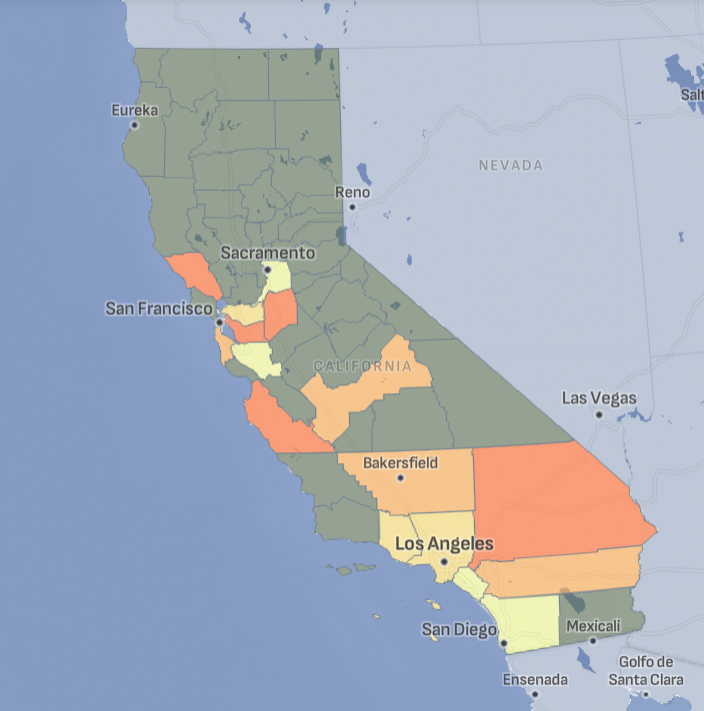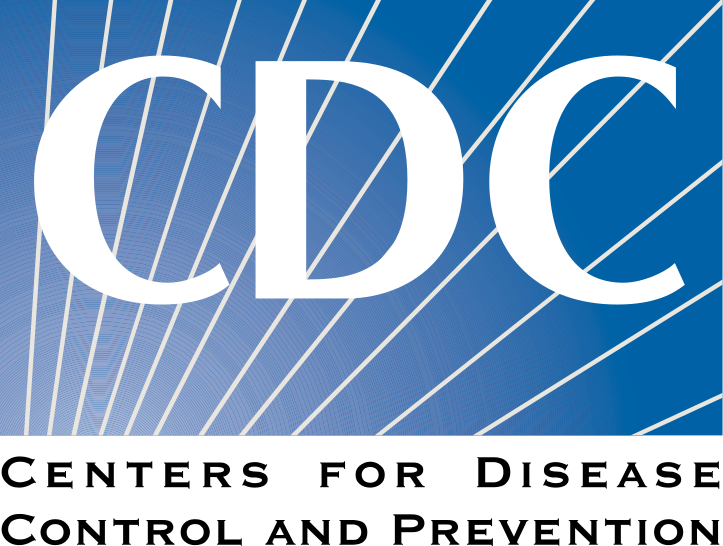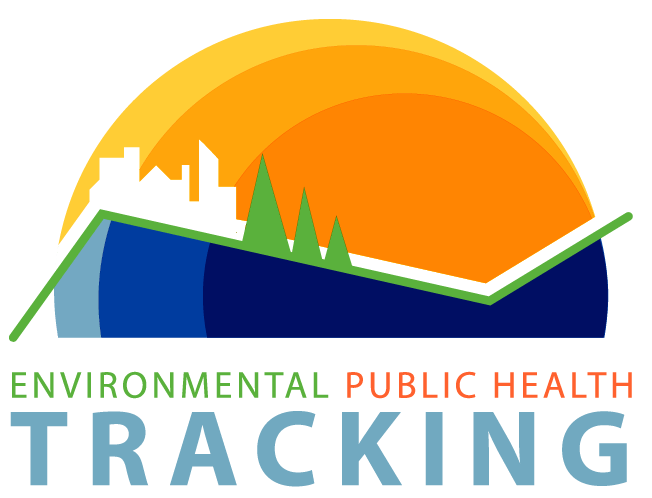Carbon monoxide is a colorless, odorless, and tasteless gas that is highly toxic to humans and animals. When inhaled, CO can lead to serious health effects and even death.
Carbon Monoxide (CO) is produced by the incomplete burning of carbon-containing fuels, including gasoline, oil, coal, wood, propane, and natural gas.
Faulty in-home appliances, such as furnaces, stoves, and water heaters, can leak and trap gas inside of homes with residents unaware, whilst the use of a portable generator or running a vehicles engine in a confined space (e.g., tent or garage) can also lead to high concentrations of Carbon Monoxide.
Exposure to high CO concentrations (e.g., 12,800 parts per million or ppm) can lead to unconsciousness within 2-3 breaths or roughly 1-3 minutes. At lower concentrations (e.g., 1,600 ppm), it might take about 20 minutes to lose consciousness.
Without immediate treatment, CO poisoning will result in fatalities, whilst prolonged exposure to even lower concentrations can still lead to unconsciousness and severe health effects over time.
CO Poisoning Across California
Tracking California provides data on CO poisoning emergency department visits and hospitalization rates for counties across the state.

Carbon Monoxide and Human Health
When we breathe, our red blood cells pick up oxygen in the lungs. The oxygen is then carried throughout the body to tissues and organs. Red blood cells pick up CO more easily than they pick up oxygen. So, if we breathe in large enough amounts of CO, the red blood cells will pick up CO instead of oxygen. This will prevent enough oxygen from getting to our different body parts, which can then cause tissue damage. In extreme cases, failure to absorb oxygen because of CO poisoning may be fatal.
CO is known as a silent killer because it is colorless, odorless, and tasteless, making it difficult to detect without specialized equipment. People can be exposed to dangerous levels of CO without realizing it, as the gas does not produce any immediate sensory warning signs. This can lead to symptoms such as headache, dizziness, and confusion, which may be mistaken for other illnesses, and can quickly escalate to unconsciousness and death if exposure continues.
Recent research suggests that long exposure to even moderate levels of CO may be associated with an increased risk of heart attacks and brain damage.
Carbon Monoxide and the Environment
Common sources of CO in and around the home include: furnaces, water heaters, fire place, fuel-burning space heaters, cooking ranges, charcoal grills, portable generators, and tobacco smoke. If equipment and appliances (such as those listed above) are not kept in working order and are not ventilated properly, CO emissions may build to dangerous levels.
Common sources of CO outside of the home include: car and truck engines, boats and other non-road equipment (e.g., lawn mowers), and forest fires. Outdoor CO levels are highest during the colder months of the year when CO becomes trapped near the ground beneath a layer of warm air. Although combustion engines are not usually the primary causes of CO poisoning, they are important contributors to air pollution existing in the environment as an air contaminant .
Who is Vulnerable to Carbon Monoxide Poisoning?
Everyone is at risk for carbon monoxide, and certain factors make individuals more vulnerable to its effects. These factors include smoking, chronic heart disease, anemia (a reduced number of healthy red blood cells), and respiratory problems such as asthma. CO poisoning kills over 400 people every year and it is the leading cause of accidental poisoning in the United States.
In California, unintentional CO poisoning is responsible for over 600 ED visits annually. Rates are highest in people age 65 and over. This group is more likely to have a respiratory or heart condition that may predispose them to more severe CO poisoning.
Individuals belonging to the following groups may be at an increased risk for CO poisoning:
- Fetuses and infants: Due to their small size, this group is more likely to have developmental disorders as a result of CO poisoning.
- Adults age 65 and older: This group is more likely to have a respiratory or heart condition that may predispose them to more severe CO poisoning.
- CO poisoning is especially harmful to people who may be sleeping or are under the influence of alcohol. People in these situations may inhale toxic amounts of CO without recognizing the symptoms of CO poisoning.
Carbon Monoxide Poisoning Resources

U.S. EPA CO & Indoor Air Quality
The U.S. EPA provides information about CO as an indoor air pollutant.

CDC CO Poisoning Information
The CDC provides general information about CO poisoning.

National Environmental Health Tracking Program (EHTP) Portal
The National EHTP reports CO poisoning data for some states and provides general information about CO poisoning.
